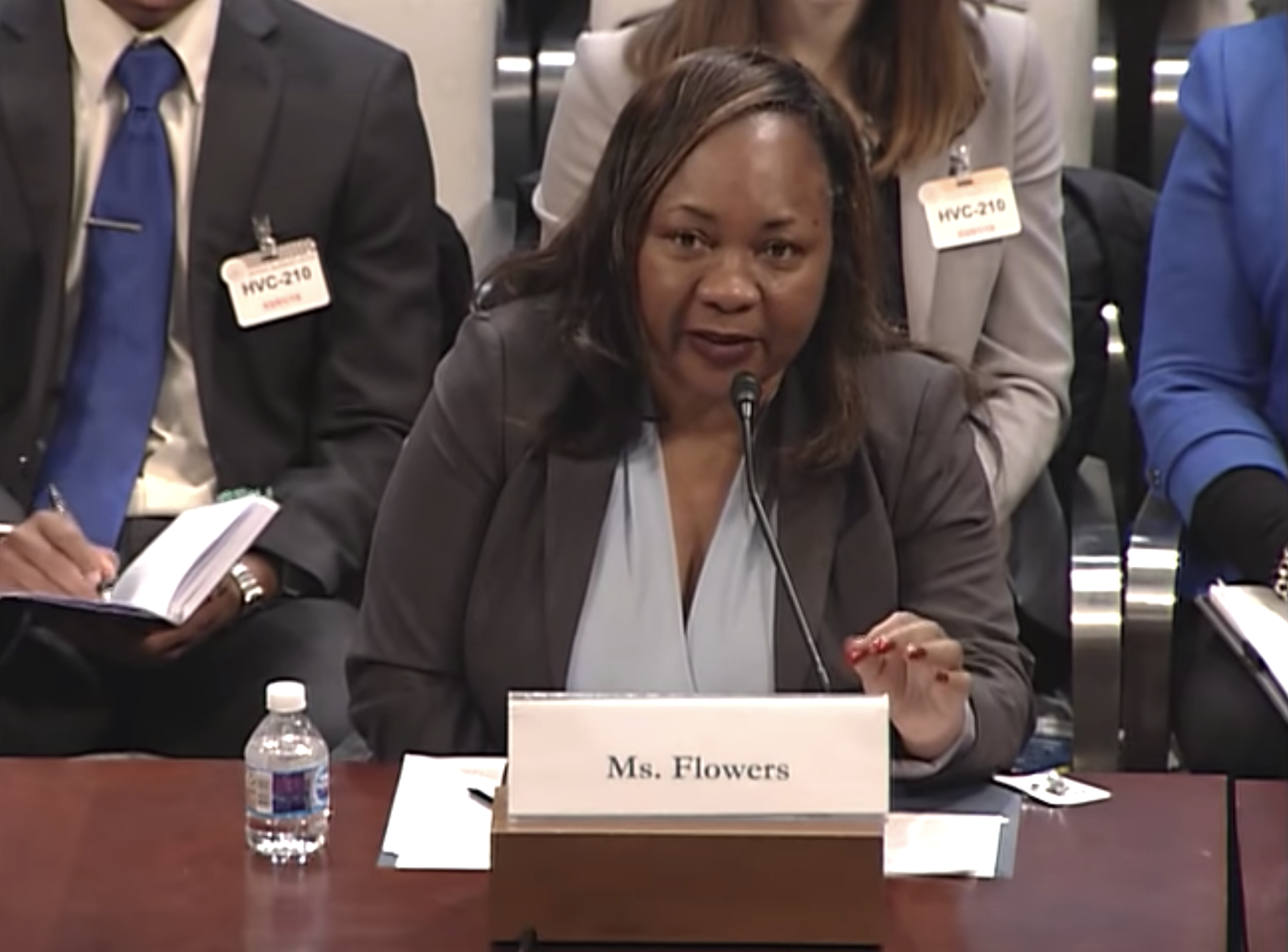In many states of the United States, it is illegal to either have no septic system or a failing one. In 2002, Alabama’s State Health Director stated that this problem was present in all sixty-seven counties in Alabama.
William Raspberry, “Civil Rights Failure,” The Washington Post, March 18, 2002, ➝.
United States Environmental Protection Agency, “How Your Septic System Works,” ➝.
Patricia Jones & Amber Moulton, “The Invisible Crisis: Water Unaffordability in the United States,” Unitarian Universalist Service Committee, May 2016, ➝.
“Lowndes County, AL,” Data USA, ➝.
Apple Loveless & Leslie Corcelli, Pipe Dreams: Advancing Sustainable Development in the United States, EPA Blog, March 5, 2015, ➝.
Some families have filed numerous insurance claims because of failed systems.
Khushbu Shah, “Al Gore admits US poverty ‘shocking’ – but warns climate crisis will make things worse,” The Guardian, February 22, 2019, ➝.
Jessica Lilly, Glynis Board, and Roxy Todd, “Inside Appalachia: Water in the Coalfields,” West Virginia Public Broadcasting, Jan 16, 2015, ➝.
Peter Hotez, “Tropical Diseases: The New Plague of Poverty,” New York Times, August 18, 2012, ➝.
Megan L. McKenna et al., “Human Intestinal Parasite Burden and Poor Sanitation in Rural Alabama,” American Journal of Tropical Medicine and Hygiene 97, no. 5 (September 2017), ➝.
Miami-Dade County Department of Regulatory & Economic Resources, Miami-Dade County Water and Sewer Department, and the Florida Department of Health in Miami-Dade County (Dr. Samir Elmir), “Septic Systems Vulnerable to Sea Level Rise,” (November 2018), ➝.
United States Environmental Protection Agency, “Septic Systems Overview,” ➝.
Richard Siddoway, “Alternative Onsite Sewage Disposal Technology: A Review,” Washington State Institute for Public Policy (January 1988), ➝.
Philip Alston, “Statement on Visit to the USA,” United Nations Human Rights, Office of the High Commissioner, December 15, 2017, ➝.
Stephen Gasteyer and Rahul T. Vaswani, Still Living Without the Basics in the 21st Century: Analyzing the Availability of Water and Sanitation Services in the United States (Rural Community Assistance Partnership, 2004), ➝.
United States Environmental Protection Agency, “Septic Systems Overview,” ➝.
United States Environmental Protection Agency, “Clean Water State Revolving Fund (CWSRF),” ➝.
This is an edited version of testimony that was delivered to the United States House Transportation Subcommittee on Water Resources and Environment on March 7, 2019.
Liquid Utility is a collaboration between e-flux Architecture and the Temple Hoyne Buell Center for the Study of American Architecture at Columbia University as part of their project "Power: Infrastructure in America."
